How do you use anticipation in MMD? Anticipation is the second of 12 rules of ![]() animation? What are the 12 rules of animation? How is anticipation used in animation? What is dramatic anticipation?
animation? What are the 12 rules of animation? How is anticipation used in animation? What is dramatic anticipation?
Anticipation is the Second Principle of Animation.
Anticipation is the second of the 12 rules of animation it also has two levels of meaning. The first level is physical. It is broken down into three separate phases. The first phase is getting ready to perform an action. The second is the action itself. Lastly, finishing up the action performed. The most important aspect of anticipation is that you make the action to follow as clear as possible. The audience trusts you to give them clues throughout the story.
A famous example of anticipation, is that of a golfer approaching the tee; deciding on a club; checking the wind; setting up his shot; adjusting the grip; getting into a stance; swinging back his club while calibrating his arc; hitting the ball and following through to the backswing. If you want to make this a funny animation then go through these steps at least twice then miss the ball and finish with an ungraceful pratfall.
Looking back at the golf swing, if you set all that in motion and then the model is suddenly flossing their teeth. You have created an incongruity. The audience is now (understandably) confused. Once you lose the viewer, your story falters.
Anticipation animation.
Another example would be a simple action like jumping off a diving platform. You don’t just suddenly find yourself in the air and then falling back down hard (unless you have fallen in love but that is a different type of falling action). The first action your character might do is look to the water and back up for a little bit of momentum. Then, they will do a quick run and leap off in a cannon ball position and plummet into the water.
The other level of anticipation involves a little more about storytelling. Using the example of that dive, you can show how afraid the character is about this dive. You might show them inching their way to the edge of the platform and looking down. This creates drama and character development. We all want to see the hero overcome an obstacle.
The story telling aspect of anticipation is a staple in movie making. At times it can seem jejune and trite. A premium example of this is the countdown timer used in defusing a bomb. The hero always disables the bomb with 1 second left. Clichéd, yet it still works. Anticipation is also a universal human trait. We all experienced it while waiting for something (or someone) we want to see. This is true no matter what side of the globe you’re on. Animating this will strengthen your story.
Please keep in mind that until this was systematized into twelve principles, this was new and largely unexplored animation territory. So, it is really easy for us to dismiss this as common knowledge. Yet, it is because these rules were set that we would benefit from them.
Have fun with this.
Sources:
Diva Swimsuit Len (Animasa edit) by Unknown
Batokin Island by Batokin
Effect: d_AdultShader
– SEE BELOW for MORE MMD TUTORIALS…
— — —
– _ — –





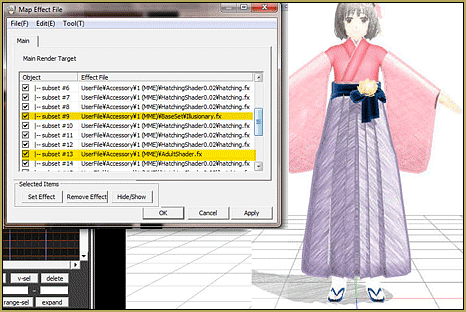

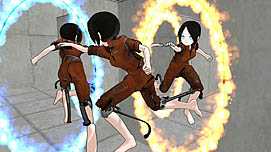







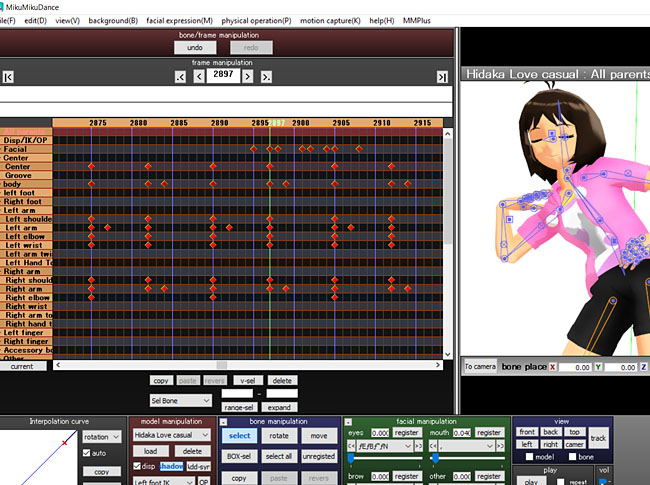

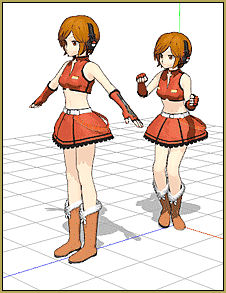
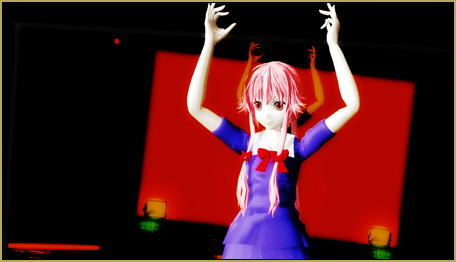
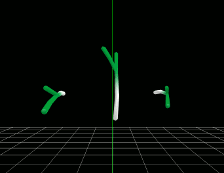
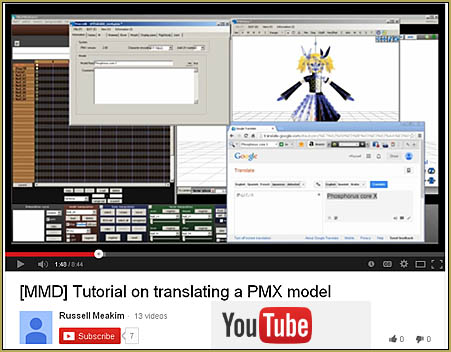
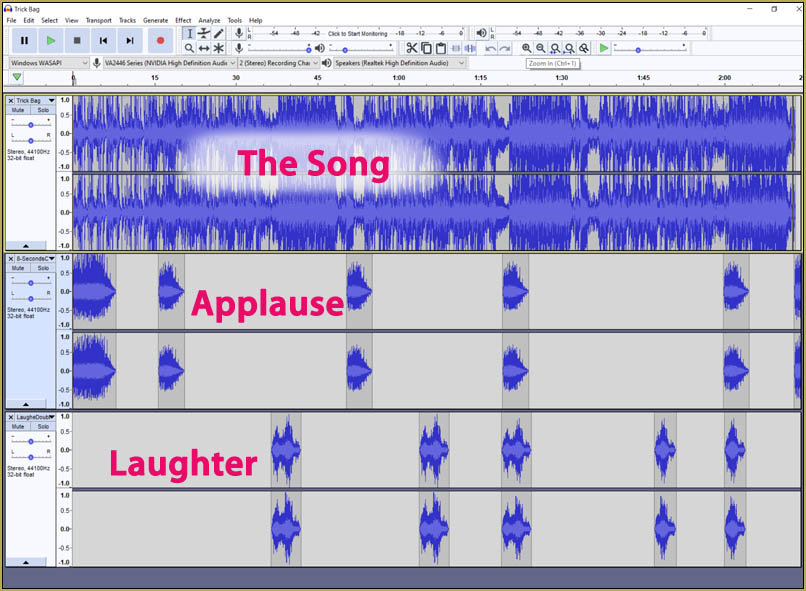

Anticipations are animated as part of the work of keyframing poses for a character. If working “in layers” the animator can block (sketch) the main actions first and, on a second pass, add anticipating moves right before them.
But this can also be used to trick the audience too if you lead their eyes in one direction and then surprised them by having something happen on the other side of the screen \r\nTaking anticipation a step further you can actually have multiple levels of anticipation. Let’s go back to our punch animation where the character winds up before punching.